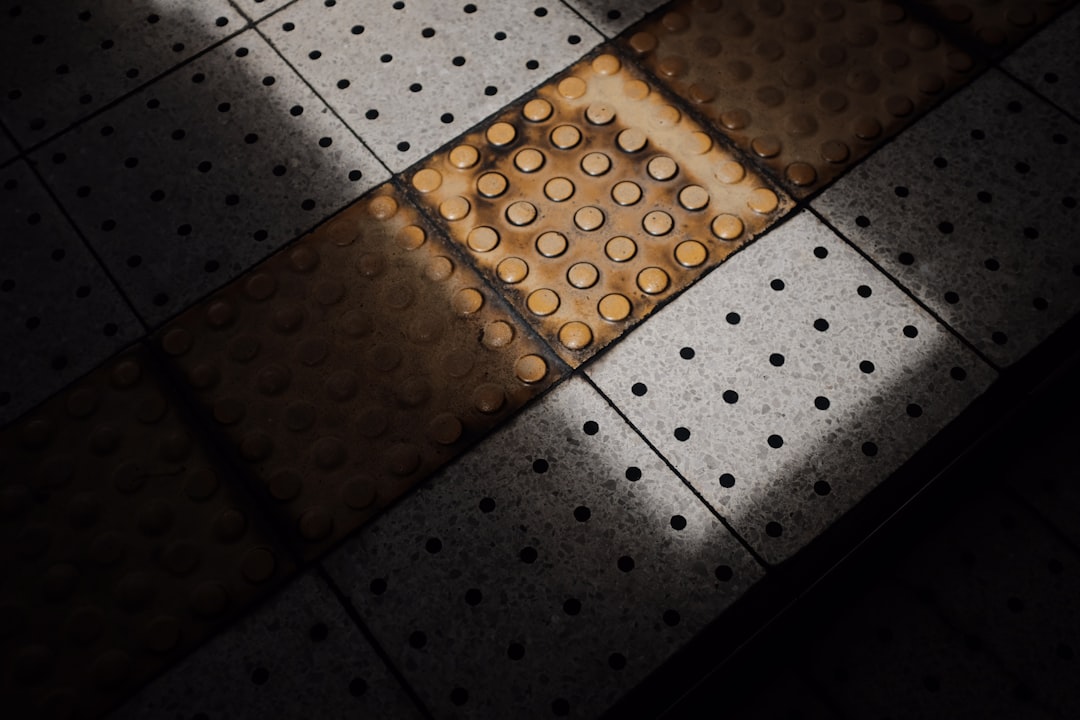Professional Kitchen Tile Installation: Costs and Considerations
Installing a kitchen tile floor is a significant upgrade for any home, offering durability and aesthetic appeal. For trade professionals, understanding the costs and processes involved is crucial. Current installation costs range from $650 to $1,200 per opening, depending on materials and labor rates. Accurate budgeting and scheduling are essential to avoid unexpected expenses.
Why Choose Tile for Kitchens?
- Durability against spills and scratches
- Variety in design options: porcelain, ceramic, natural stone
- High return on investment
- Easy maintenance with proper grout sealing
Properly installed tile floors can last two to three times longer than other materials, making them a smart investment.
Pre-Project Planning for Contractors
- Capture project goals using voice notes: pattern, tile size, grout width, and timeline.
- Upload floor plans for accurate square footage calculations.
- Receive material suggestions based on style and budget.
- Generate shareable estimates for clients.
Pro Tips for Contractors
- Request a 10% overage in materials for cuts and repairs.
- Select grout color early to influence design impact.
- Include subfloor inspection in the schedule to avoid delays.
Step-by-Step Installation Process
- Demolition and disposal: Remove existing flooring and prepare the site.
- Subfloor preparation: Inspect and reinforce as needed.
- Layout and dry-fit: Plan tile placement and adjust for cuts.
- Apply thin-set: Use recommended trowel sizes for coverage.
- Set tiles: Ensure uniform joints with spacers.
- Grout and clean: Apply grout and clean tiles.
- Seal and review: Seal grout and conduct a final walkthrough.
Key Cost Factors
- Tile type and size
- Subfloor condition
- Pattern complexity
- Kitchen obstacles
- Regional labor rates
Common Pitfalls and Solutions
- Underestimating square footage: Use AI for accuracy.
- Tile batch color variation: Ensure sequential dye lots.
- Grout discoloration: Include sealer in estimates.
- Schedule overruns: Use automated timelines.
Enhancing Contractor Efficiency
Contractors using AI tools save time and improve accuracy. Material lists and branded quotes streamline the process. Explore more at CountBricks.com.
Start Your Kitchen Tile Project
Transform your kitchen with precision and efficiency. Contact our team for a demo or explore projects at CountBricks.com.
Case Study: 245 Maple Lane Kitchen Revamp
The homeowners at 245 Maple Lane sought a low-maintenance surface to replace aging hardwood. Using the CountBricks app, they specified their preferences and uploaded a floor plan.
AI Estimate Results
- Total square footage: 312 sq ft
- Material package: 350 sq ft of porcelain, thin-set, grout, and edging
- Labor hours: 38 crew hours over three days
- Contingency: 10% for subfloor repairs
Execution Highlights
- Demolition and subfloor reinforcement completed efficiently.
- 3D layout visualization approved by clients.
- Automated delivery scheduling minimized downtime.
Outcome
The project was completed 5% under budget and ahead of schedule, with high client satisfaction. Transparent pricing and timeline updates were key to success.
Applying These Wins to Your Projects
- Use voice notes for client preferences.
- Verify square footage with blueprint takeoffs.
- Share interactive quotes for client engagement.
Ready to achieve similar success? Visit CountBricks.com for more information.

